ENGWE extension
ENGWE M20
Motor
Type: Brushless
Leistung: 750W
Torque: 55 Nm
Speed: up to 25 km/h (restricted)
Battery
Type: Lithium-ion
Voltage: V 48
Charge: 13Ah
Energy: 624 Wh
Range: 55 - 75 km
Charging time: ~ 5 hours
Facilities
Gears: 7 (Shimano Tourney)
Operating modes: Manual, Pedelec, (throttle when unlocked)
Tire: 20 "x 4"
Brakes: Mechanical disc brakes
Computer: yes
Splash guard: Yes
Suspension: suspension fork + shock absorber
General
Material: Aluminum 6061
Load capacity: 150 kg
Size: 167 x 114 cm
Weight: 42,7 kg
Review: ENGWE M20
The M20's aesthetic blends raw energy with elegance. While its rugged appearance is reminiscent of a moped, it still retains all the qualities of a traditional e-bike. A seven-speed Shimano system provides dynamism, and the wide 4-inch tires on 20-inch rims ensure stability on every ride. The whole thing is completed by a spring-loaded front and rear wheel suspension.
But the real showpiece of the ENGWE M20 is its innovative dual battery configuration. This makes it possible to use two batteries either together or independently. With a combined range of up to 150 kilometers, the M20 sets new standards in the e-bike segment.
ENGWE M20: unboxing and assembly
The ENGWE M2 arrived in perfect condition. This is undoubtedly thanks to the large amount of padding and robust packaging that is typical of ENGWE. However, environmental friendliness looks different.
At first glance, it may look like the bike is almost completely pre-assembled, but a few touches are still needed before you can cruise around. The front wheel including the mudguard, the handlebars, the pedals and the headlight have to be mounted. The tool required for this is included in the scope of delivery, but it is advisable to use your own, higher-quality tool.
Additional manual work is required to connect the optional additional battery: the seat must first be unscrewed. Underneath there are several cables that still have to be connected. Ideally with zip ties to keep everything in place.
All steps are clearly explained in the supplied instructions. As an alternative to the instructions, ENGWE provides an assembly video on the ENGWE YouTube channel that clearly shows the entire assembly process in less than three minutes. After about 30 minutes, the entire assembly of the ENGWE M20 is done.
ENGWE M20: design and features
The ENGWE M20 differs significantly from conventional e-bikes with its moped design and is guaranteed to attract attention. This became clear after the first test drive, when the eyes of the pedestrians walking by followed me.
The frame is made of robust 6061 aluminum and comes in a choice of black, white or green. In terms of size, the M20 is a good 167 centimeters long and 114 centimeters high. With a weight of 42,7 kilograms, including the battery, the e-bike is already quite heavy. If an additional battery is added, the weight even increases to an impressive 45,9 kilograms.
The seat design is reminiscent of a motorcycle seat and is not height-adjustable. The stem can also only be adjusted in its inclination, but not in height. With a height of 1,82 meters I was still able to ride the M20, but the bike is designed for people between 1,50 and 1,80 meters tall. Anything above that becomes uncomfortable in the long run and is anything but ergonomic when pedaling. The maximum load capacity of 120 kilograms should also not be exceeded.
A special detail that catches the eye are the voluminous four-inch wide tires from the more or less well-known brand Chaoyang. There are also matching metal mudguards that leave a solid impression.
For the other equipment, ENGWE relies on components that have already been used in other models of the brand. Two 160 millimeter disc brakes with brake levers from WUXING and a Shimano Tourney 7-speed rear derailleur, combined with a Shimano SL-TX50 thumb shifter, deserve special mention. Both are more or less components that serve their purpose but are in the lower price segment.
The motor performance of the rear wheel hub motor is impressive. With a nominal power of 750 watts and a peak power of up to 1000 watts, the e-bike shows what it's made of. However, it is not legal for road use in every country. In Germany, the ENGWE M20 may only be operated on private property. ENGWE provides an EU “Certificate of Conformity” on its website Download is available for storage, management and analysis.
The control system of the ENGWE M20 is a YL81C controller, which shows the speed, total kilometers (ODO), partial distance (trip), battery status and the assistance level via a display on the left of the handlebar. There are also switches for the lights and the electronic horn on the handlebars. The right grip acts as a throttle grip for its entire length, much like that on a moped. It can be deactivated in the controller options.
Other features of the ENGWE M20 include a sturdy side stand that can easily support the weight of the bike and a brake light that intensifies when the brake lever is pressed, increasing safety while riding.
Two bright LED headlights that add to the e-bike's moped design are angle-adjustable. This allows one headlight to be used as a low beam, while the other is used as a high beam.
The most exciting feature of the ENGWE M20 is its dual battery configuration. In addition to the 48V 13Ah battery on the down tube, there is the option of attaching another 48V 13Ah battery to the top tube. This results in an impressive total capacity of 1.248 watt hours, which is sufficient for long journeys.
The battery status can be read directly on the battery at the push of a button. A particular plus point is the integrated USB-A output, which allows the battery to be used as a power bank, although charging is quite slow. For security, each battery can be locked with its own key.
In addition, the batteries are removable. Simply turn the key to the unlock position and slide out the battery. Since charging can take up to 10 hours, it is recommended to charge overnight.
- The five illuminated LEDs provide information about the battery status at the touch of a button.
- The power switch, the charging port and the USB-A socket are located on the side of the battery.
ENGWE shows a clear further development in terms of quality control. In direct comparison to ENGWE EP-2 Pro, one of the company's first e-bikes, the improved build quality of the ENGWE M20 stands out.
Although ENGWE has not yet reached the quality level of well-known brands, the progress is clearly visible. This is a promising sign and underlines the commitment to bring solid and reliable products to the market.
ENGWE M20: practical test
Let's come to the practical test of the ENGWE M20, which is primarily about the riding characteristics of the e-bike. To do this, I tested the e-bike on different surfaces and gradients. We activate the e-bike with an on switch at the top of the display, and we can change the support level of the motor with two buttons at the bottom of the display. Armed with this knowledge, I start my first test drive.
As soon as I start pedalling, the motor kicks in with a slight delay. This is characteristic of e-bikes with cadence sensors, which react less precisely compared to torque sensors. Similar to starting, there is a slight delay before the motor is switched off when you stop pedaling.
The 750 watt motor of the ENGWE M20 reveals its impressive power on inclines. The bike even takes on 20-degree climbs with ease, although the speed can drop on steeper passages. Steep climbs are a serious challenge despite battery support and you should be ready to pedal hard.
Unthrottled, the ENGWE M20 shows its true potential: It reaches speeds well above the permitted 25 km/h. On my private test track, I was able to achieve top speeds of up to 40 km/h and ENGWE itself even states a possible top speed of 45 km/h. This makes the ENGWE M20 an e-bike that not only impresses with its looks, but also boasts with performance. Incidentally, the e-bike can be throttled via the controller settings.
A potential danger point is the throttle grip, which is on by default. If you accidentally turn the handle when getting on the e-bike, the e-bike can shoot out unexpectedly and uncontrollably. In order to prevent such incidents, it is advisable to set the assistance level to 0 after the ride. This completely deactivates the engine.
The driving pleasure with the ENGWE M20 is huge. The bike literally floats above the ground thanks to the wide tires. The coarse profile provides optimal grip and although the tires can be inflated up to 20 PSI, I recommend leveling them out at 11 to 12 PSI.
The ENGWE M20 easily copes with even major bumps on the road. The suspension fork and shock absorber on the rear triangle offer additional comfort. The compression damping can be adjusted with a knob on the right fork leg. Fully open, the suspension travel is about 6 centimeters. It's not a lot, but the bouncy tires make up for it and keep the driving experience high.
The Shimano rear derailleur worked reliably in the test and the gears shifted smoothly. The mechanical brakes do the job too, although I would have preferred hydraulic disc brakes. In the event of an emergency braking from 30 km/h, the e-bike stopped efficiently over a short distance.
At the end of our test, we want to take a look at the range of the ENGWE M20. According to the manufacturer, the battery should enable a range of up to 75 kilometers on the lowest support level, and with an additional battery it could even be up to 150 kilometers. Of course, the actual range depends on many factors, such as the terrain, driving style and load. And it is well known that manufacturer specifications are often based on ideal conditions.
In my test, however, I was able to cover about 60 kilometers before the battery had to be recharged. This is a respectable value that should be sufficient for many everyday trips and longer trips. The ENGWE M20 not only impresses with its power and speed, but also with a practical range.
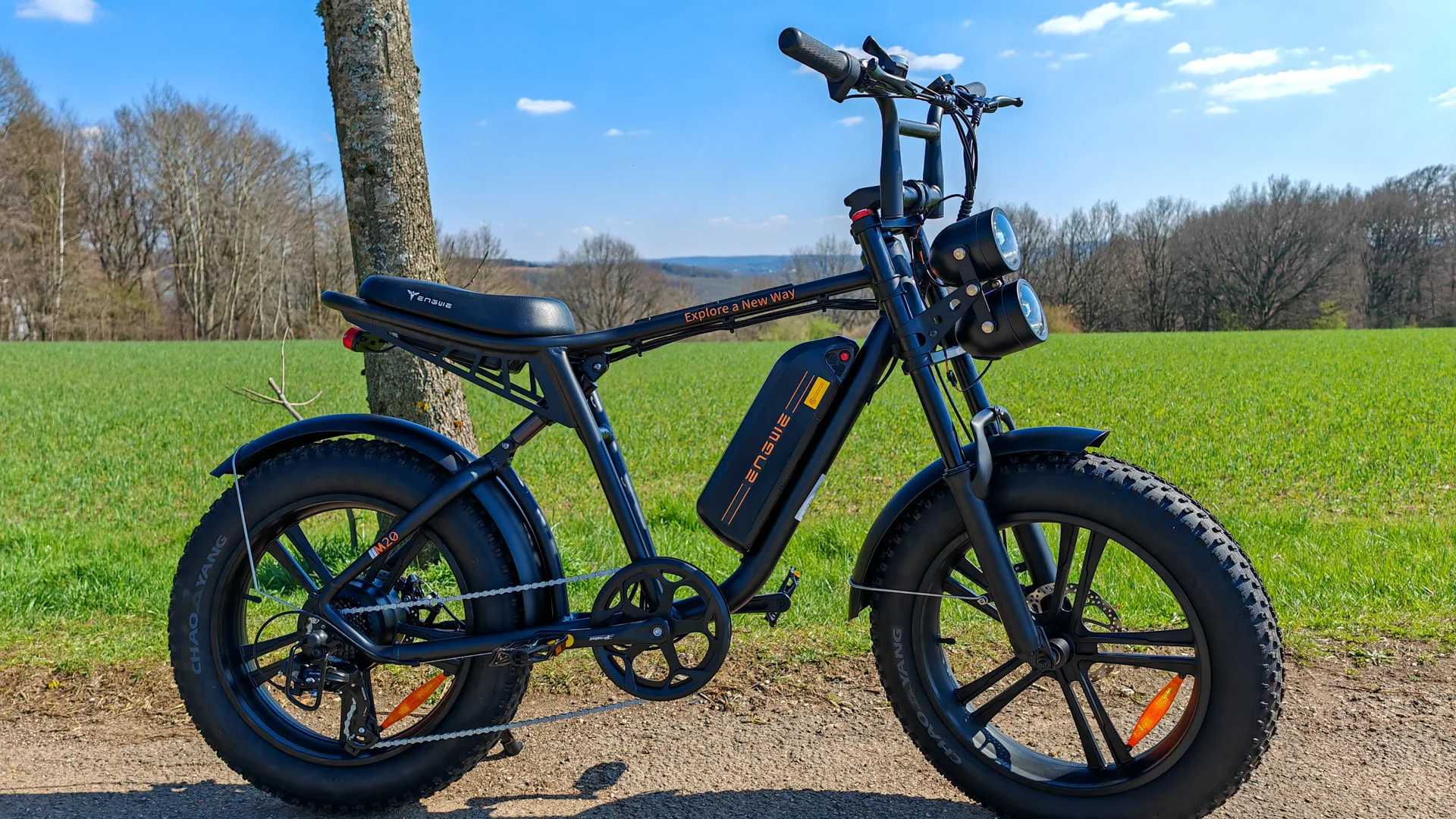
ENGWE M20
Extraordinary look
Good workmanship
metal fenders
High translation
Floating driving experience
Bright headlight
Dual battery operation
Seat not adjustable
Missing CE marking
Rather cheap components (WUXING, Shimano Tourney)
The ENGWE M20 impresses at first glance with its nostalgic moped design and impressive engine performance. It offers a successful fusion of classic looks with modern technology, which will certainly appeal to lovers of both worlds.
On the positive side is the high performance of the engine, which ensures impressive acceleration values. The design, which evokes memories of classic mopeds, is both attractive and functional, and gives the e-bike an unmistakable character.
But there are also downsides. Probably the most serious point of criticism is the lack of EU approval, which is why the ENGWE M20 cannot be driven on regular roads in most European countries. For most who are looking for an everyday means of transport, this could be a crucial exclusion criterion.

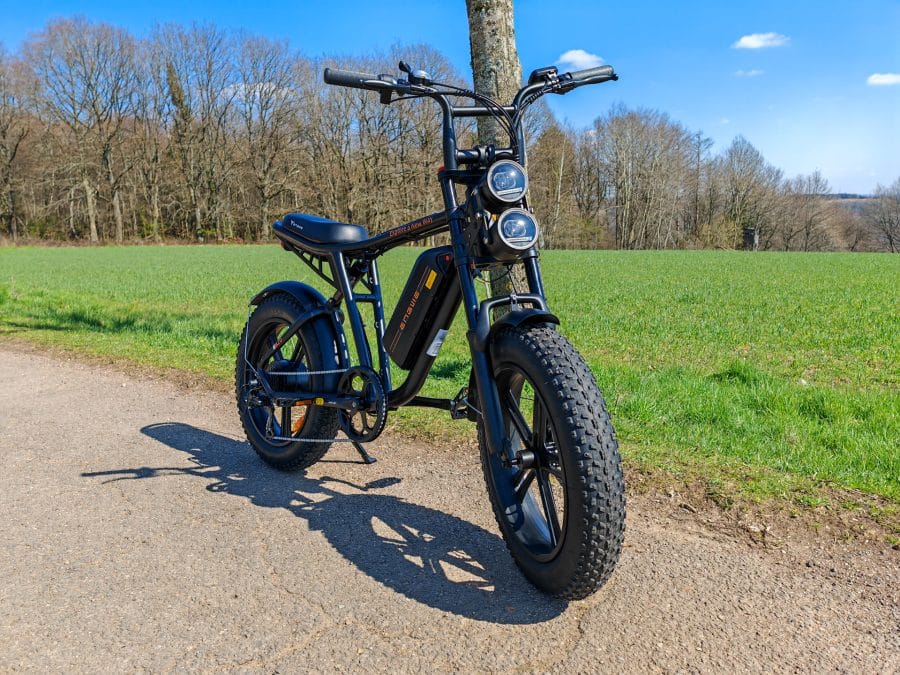
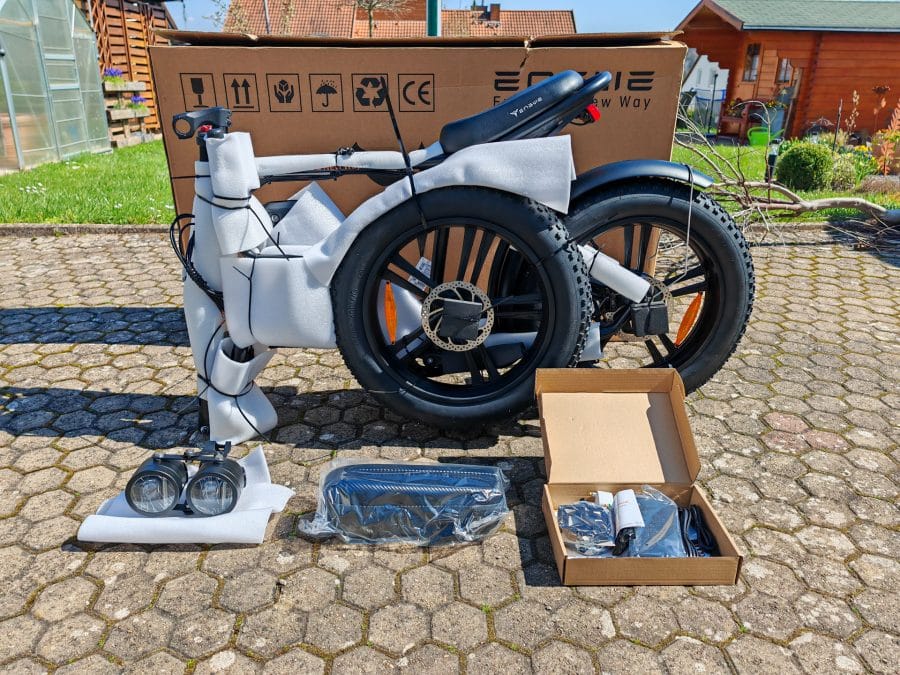
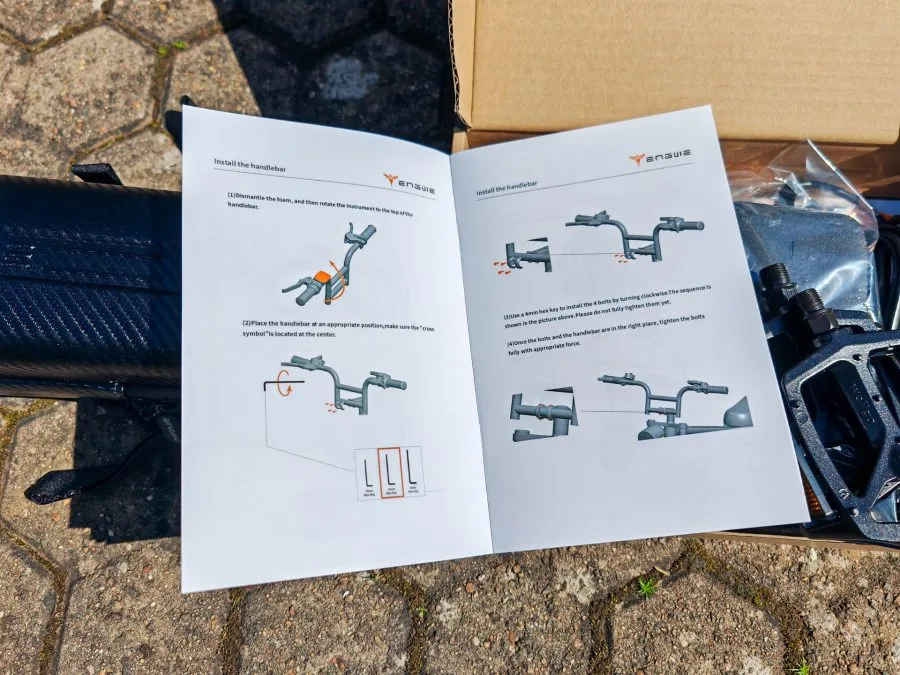
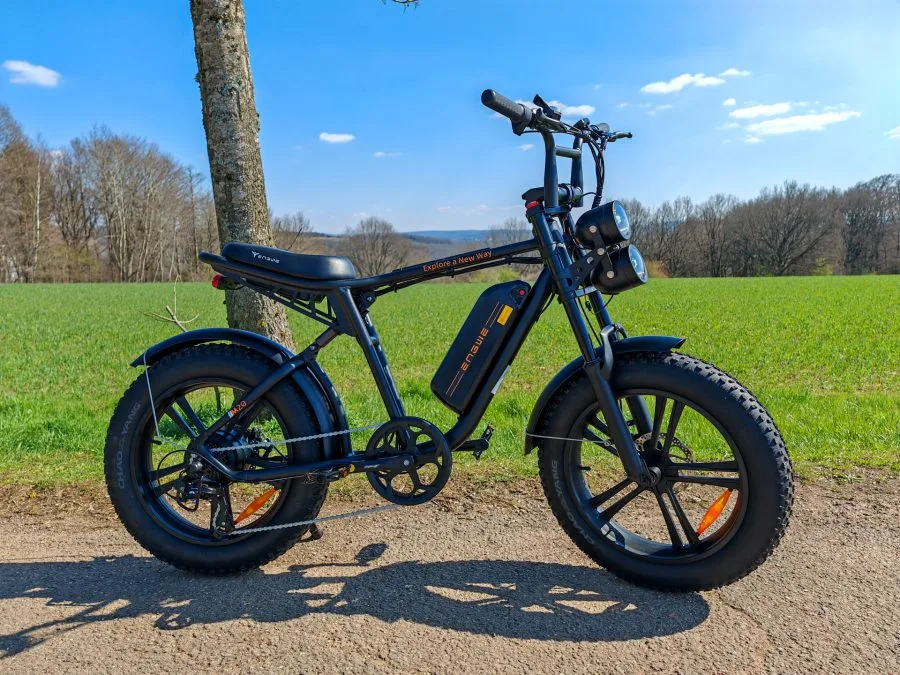

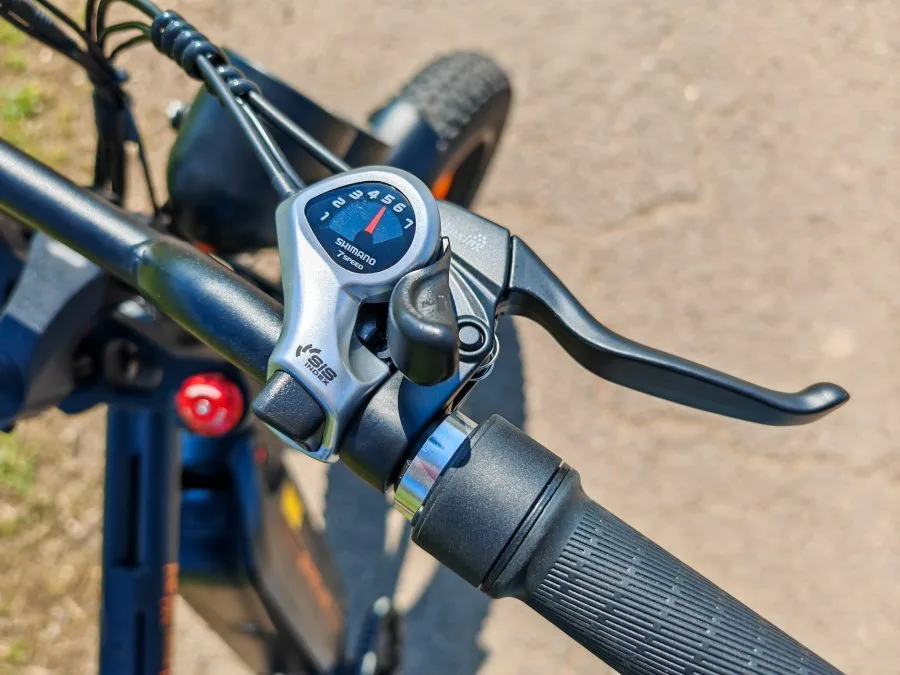


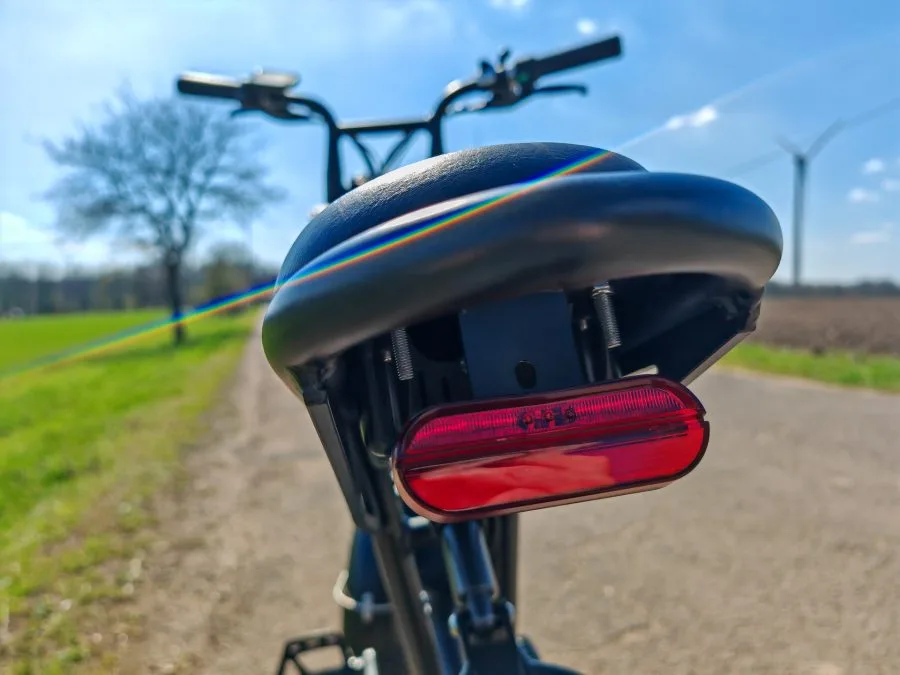
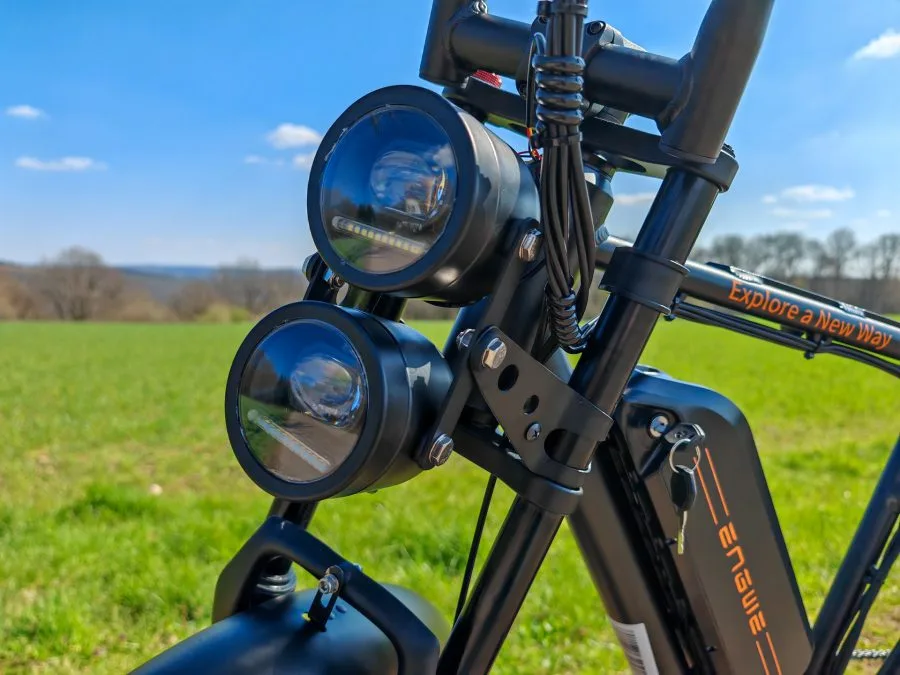


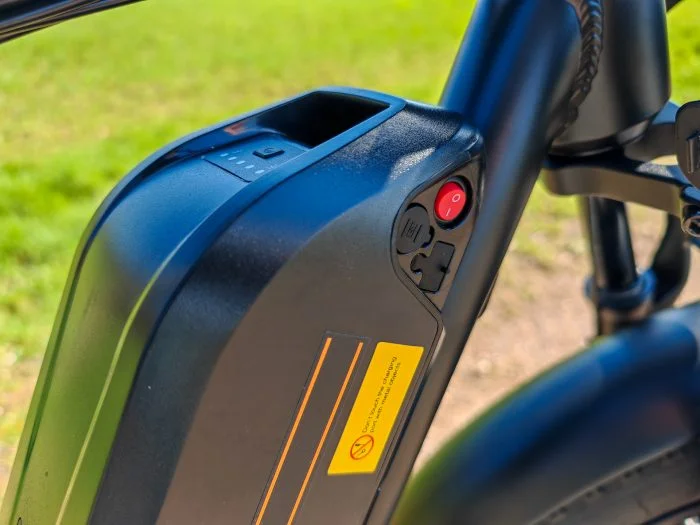
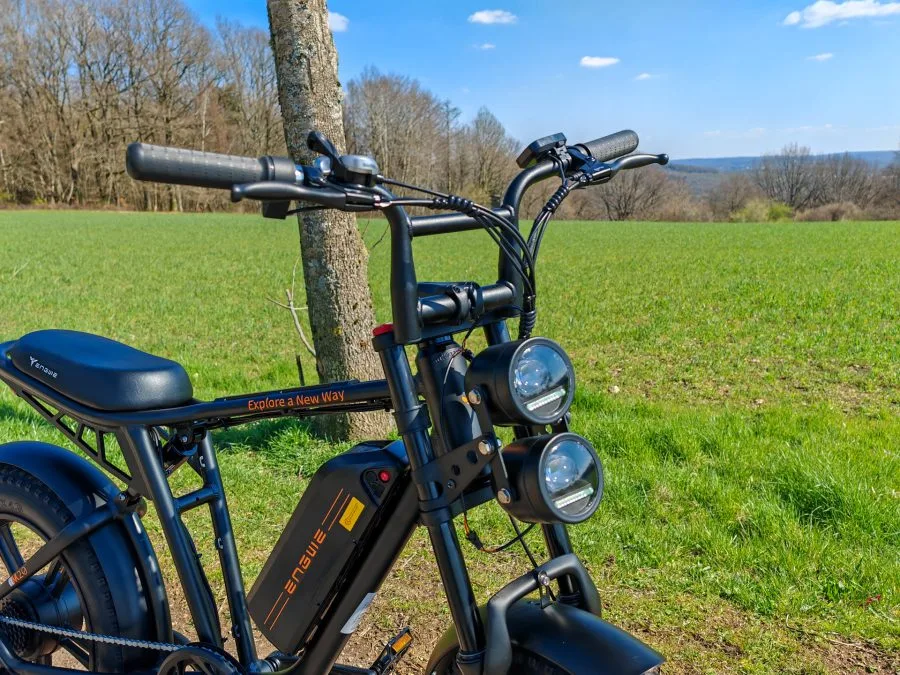
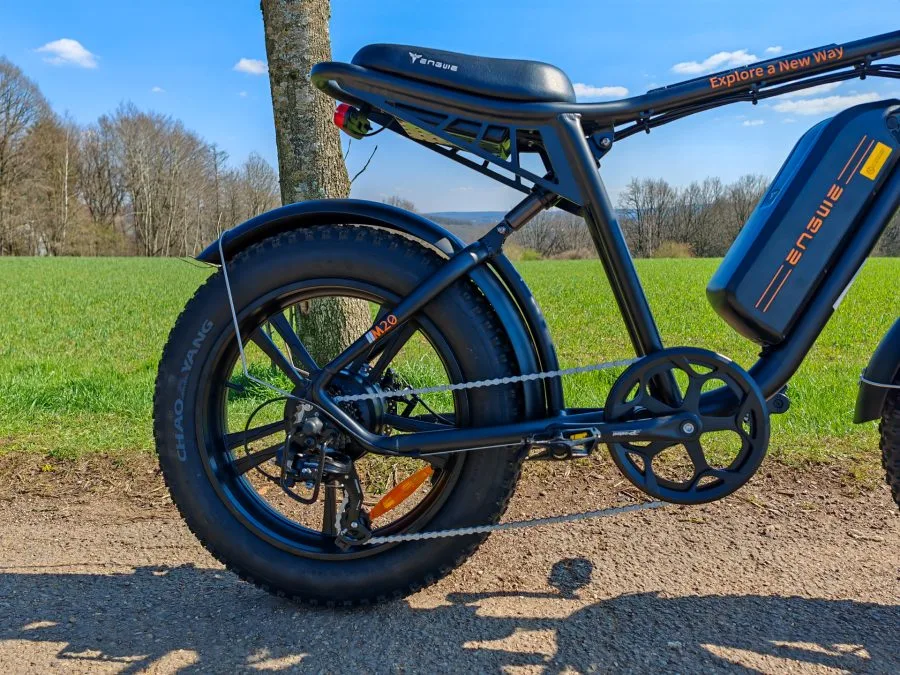

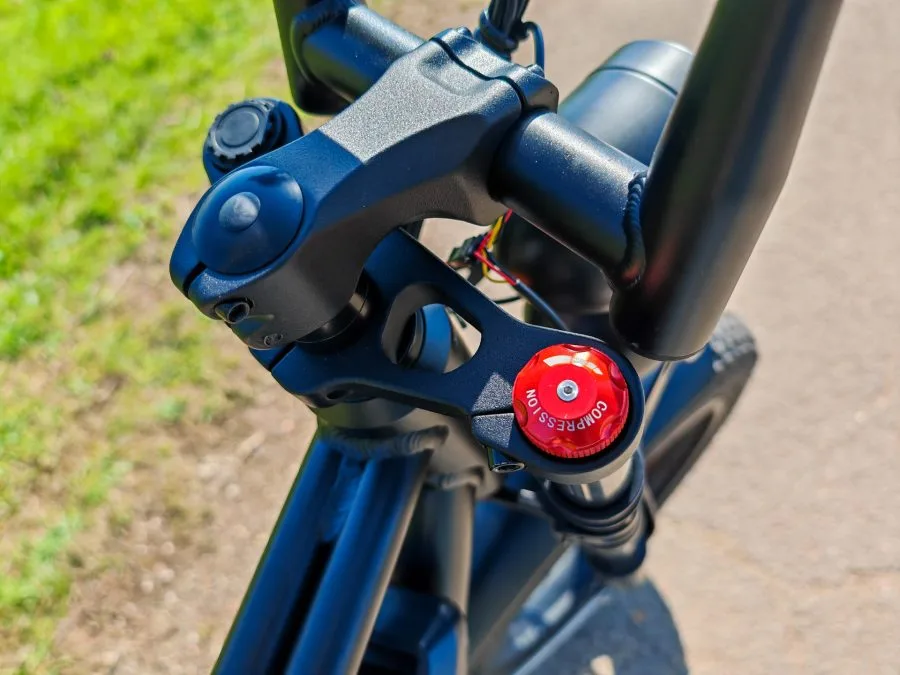





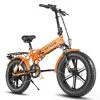
Sebastian Garbes
25. January 2024 10 to: 52
Hello, i have got a question
How do I charge the battery correctly as I can't find any reports on this? Can you help me? Do I have to turn the switch on when charging the battery or not and why does the charger get so warm?